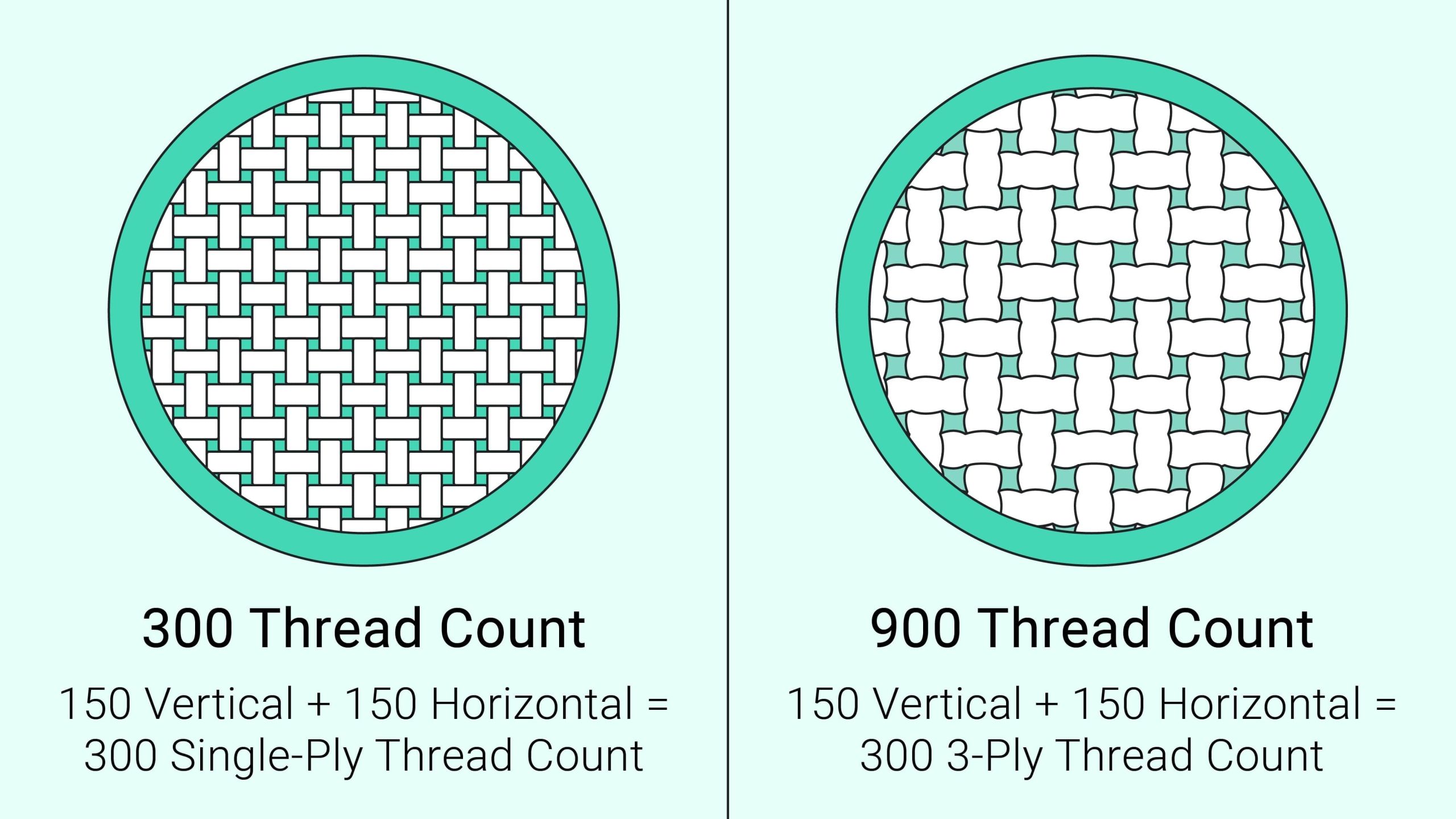What Does Thread Count Mean?
Have you ever seen “thread count” on a fabric label and felt a bit lost?
At Sew Materialistic, we want to clarify what exactly thread count is and share the knowledge with you. Understanding thread count can give you the confidence to make the best choices for your sewing and quilting projects.
Thread count is the number of threads woven into one square inch of fabric, counting the threads going up and down (warp) and side to side (weft).
For example, if there are 100 warp threads and 100 weft threads in one square inch, the thread count is 200. This means that there are 200 threads in total, 100 running vertically and 100 running horizontally.
Understanding what thread count is helps you know how soft, firm, or breathable a fabric might be.

What Is the Best Thread Count?
You might ask, “What is a good thread count for my project?”
We consider a thread count between 200 and 400 to be good quality. Fabrics in this range are soft, durable, and easy to sew, perfect for making clothes, quilts, and other crafts.
High thread counts, like 600 or more, can make fabric feel smooth, heavier, and less breathable.
For bedding, higher thread counts can feel luxurious, but sewing projects might be more challenging. For instance, a high thread count might be suitable for making a luxurious bedspread, but it might not be the best choice for a summer dress. The best thread count depends on what you’re making.
For most sewing and quilting projects, let’s stick between a thread count of 200 and 400.
How to Determine Thread Count of Fabric
Here are some simple ways that put you in control:
- Check the Label: Many fabrics list the thread count on the label or packaging. Look for “200 TC” or “300 thread count.”
- Ask the Seller: If the thread count isn’t on the label, you can ask the salesperson or check the product description online.
- Count: You can determine the thread count yourself with a magnifying glass:
- Cut a small square of fabric.
- Use a ruler to mark one square inch.
- Count the threads going up and down (warp).
- Count the threads going side to side (weft).
- Add the two numbers together to get the thread count.
For example, counting 100 warp threads and 100 weft threads gives a thread count of 200.
Why Thread Count Matters
Thread count affects how a fabric feels and works:
- Softness: Higher thread counts usually mean softer fabric, which is excellent for clothes and quilts.
- Durability: A good thread count makes the fabric more robust and longer-lasting.
- Sewing Ease: Fabrics with the correct thread count are easier to cut, sew, and handle.
- Appearance: The proper thread count can make colours brighter and patterns clearer, enhancing the look of your projects.
Understanding thread count helps you pick the best fabric for your project. Whether you’re making a cozy quilt, a stylish dress, or a sturdy bag, the satisfaction of knowing about thread count makes a difference.

Tips for Choosing Fabric Based on Thread Count
Here are some tips to help you choose the correct thread count:
- For Clothing: Choose a thread count between 180 and 250 for comfortable, breathable fabrics that feel good against the skin.
- For Quilting: A thread count between 200 and 400 works well, providing softness, durability, and ease of sewing. Fabrics in this range hold stitches well and create cozy quilts.
- For Home Décor: Higher thread counts, like 300 to 500, can be suitable for curtains, pillowcases, and tablecloths that benefit from a smoother appearance.
- Avoid High Thread Counts: Fabrics with high thread counts (over 600) can be heavy and less breathable, making them less ideal for most sewing projects.
- Feel the Fabric: Whenever possible, touch the fabric to feel it. The thread count is important, but the fabric’s feel also matters,
Remember, the highest thread count isn’t always the best. Consider the fabric’s purpose and feel.Happy Quilting!

